Today, Leica announced an intriguing variant of its successful Leica M11 platform: an M-camera equipped with an electronic viewfinder (EVF) instead of the traditional opto-mechanical rangefinder. Leica Society International (LSI) Viewfinder editor, Bill Rosauer, and associate editor, Amitava “Chats” Chatterjee, sat with Stefan Daniel, Vice President, Photo & Design, Leica Camera AG, to get his perspective on the new Leica M EV1 announced earlier today.
The launch of the Leica M EV1 has been hotly anticipated. In recent years, considerable blog space has been devoted to speculation about whether Leica really would introduce an M-series camera with an EVF. We were therefore in the fortunate position of hearing the rationale for such a polarizing idea directly from the man behind the project — Stefan Daniel. Read on to learn Stefan’s thoughts on how this camera came about, why Leica decided to build it, and more.
Background
When we were in Wetzlar in late June 2025 to celebrate the Centennial celebrations of the Leica I, Stefan gave Bill a loaner M EV1, which he graciously passed on to me for the duration of our stay. Subsequently, both of us spent a good amount of time with “Elsie”, the code name Leica had assigned to this new model.
This article came about as a result of Chats’ idea to do a unique write-up of the Leica M EV1, since it is “different” from the traditional opto-mechanical rangefinder M cameras. It is important to note that Leica remains passionately committed to the seventy-year-old rangefinder and is not doing away with it. Rather, Leica Camera is giving its patrons another choice.
In Stefan’s words, and we quote verbatim, “This is NOT the end of the road for the Leica rangefinder”. And that is a beautiful thing. On to the interview….
The starting point
Question 1: When you first heard of the idea to replace the opto-mechanical rangefinder, what went through your mind?
Answer: Abandoning the rangefinder for an EVF was never in question, but the Leica M11 was conceptualised so that a version with EVF would be feasible some day. A couple of years later, at the LSI meeting in Dublin, Ireland, I was grilled by many attendees, all asking for an EVF-equipped camera based on an M camera body, capable of utilising M lenses. I came back to Wetzlar and relaunched the initiative to bring this to life, and our decision-making was further aided by the Leica User Forum (LUF) and Leica Society International (LSI) through surveys and inputs.
However, the Leica M11 architecture had been laid out to accommodate an EVF at some point, but it wasn’t followed up. This allowed us to have a ready launch platform if the concept proved viable. The Leica M EV1 is exotic — such cameras typically offer autofocus — but it would continue to rely on manually focused Leica M lenses, which is a clear differentiating factor for Leica.
Hybrid viewfinder no go
Question 2: Did you think about a hybrid viewfinder as an option?
Answer: We certainly did. A hybrid viewfinder was a pre-development concept, but it rapidly became clear that it would not be a good user experience owing to the low magnification and low field of view. It was a solution based on compromise.
Remember, in addition to the optical and electronic view there is the third light pathway for rangefinding — we just could not make it work effectively, so we gave up. People often tend to think of another company that offers hybrid viewfinders, but it is important to bear in mind that their cameras possess optical viewfinders and NOT rangefinders with their opto-mechanical complexity. It just did not make sense, and we will not touch that again.
Power to the people
Question 3: So, the driving force was…?
Answer: As I said, the Dublin LSI meeting really catalysed us into action, owing to the discussions while I was on stage with folks grilling me to build this for them. This sentiment forced a rethink of our initial decision to shelve the idea. In some respects, the Dublin LSI meeting feedback was the catalyst that “re-sparked” the idea. Based on surveys coordinated and conducted by LUF and LSI, we decided to develop this.
From my perspective as an LSI member, it is encouraging that Leica listens to its customers, and LSI has played a role in helping bring the Leica M EV1 to life — all its members should be proud.
Polarising – inside and out
Question 4: An M-like camera without a rangefinder is a polarising concept, is it not?
Answer: To be honest, this camera is a polarising concept outside and inside Leica (at least initially). Let’s be realistic — the Leica M EV1 is another tool, perhaps not primary and maybe secondary. We are aiming for people who have difficulty focusing correctly with a traditional M body because of issues with their eyesight, or those who have difficulty with wide-angle lenses or wide-open lenses.
Furthermore, this camera is a great solution for people who want the M experience but are not as confident with manual focusing using an opto-mechanical rangefinder mechanism.
Here is an analogy. Getting to Mount Everest requires effort — training, acclimating to high altitudes, breathing bottled air, and more. Our new EVF-equipped Leica M EV1 is an “assistant” that will help a user get to base camp. It allows the owner to be a member of the Leica M owners’ group without learning to be a rangefinder user.
Another target user group is our Leica SL-users who would like a second body and the Leica M experience. An interesting observation for us is that the most popular lenses in our portfolio are 28mm, 35mm and 50mm. Leica M EV1 will allow users to boldly take advantage of lenses of varying focal lengths, and they can be assured that those lenses will operate effectively with this new camera, thereby giving them the confidence to step outside their comfort zone.
Our new Leica M EV1 becomes a new tool in the toolbox.
Leica M EV1 challenges
Question 5: What challenges did you encounter while developing the Leica M EV1?
Answer: Since we had already thought about this in the design and build of the Leica M11 platform architecture, it was not that difficult. However, we did grapple with the choice of EVF. Initially, we considered the Visoflex 2 as the basis for the EVF, but we ultimately decided on the same tech used in the Leica Q3.
This however caused another challenge because an M is thinner than a Q. Solving this became a mechanical challenge, but we found an elegant solution, despite having much less thickness to play with in the Leica M body.
Where does it go from here?
Question 6: Now that the Leica M EV1 is out, will you continue providing your customers with a choice of options as new models come to market?
Answer: Let me be clear — if it succeeds in the market and our customers ask for it, we will provide options. However, I reiterate: the Leica M EV1 or any possible successor is NOT a substitute for the rangefinder. Leica is currently working on new evolutions of the opto-mechanical rangefinder. We are merely listening to our valued customers and responding, but we will never give up on seventy years of storied Leica M history.
This is the new Leica that listens to its customers while making decisions based on financial logic. So glad to see this transformation.
Leica M EV1 specifications
Before we end, we want to share that Stefan detailed some of the Leica M EV1 specifications, including the fact that it is based on the M11 platform with 64GB of internal storage. Despite this, it offers Leica Content Credentials, which will give users the best of both worlds.
Our take: Leica M EV1 brings a slew of benefits to the global Leica community, and the customers who start using one:
- Effortless use with long and wide lenses — the EVF will render an image as the sensor sees it. This was not possible using a rangefinder alone — you had to use Live View or the External EVF.
- Precision focusing with ease — Leica M EV1 very smartly utilises the frame selector lever to toggle magnification and focus peaking and allows for precision in those situations where critical focus accuracy is vital.
- Effortless focusing in dim environments — the EVF does a great job attenuating or maximising available light in dim situations, allowing a user to focus.
Sharp focus
The Leica M EV1 offers other benefits, such as Leica Content Credentials based on the Content Authenticity Initiative, less weight, and a lower price compared to Leica M11 and its variants. But for me personally, it helps users with bad eyesight. For photographers apprehensive about rangefinder focusing, Leica M EV1 provides an M experience without the labour (and missed focus on initial images).
We are grateful to Stefan for his openness and willingness to talk to us about this exciting camera. Thank you so much!
| More Stefan Daniel and a Leica M with EVF | An alternative to a Leica M with EVF |
| Leica M with EVF — do we need it? | Leica Society International |
| Jonathan Slack’s M EV1 review | Leica M EV1 announcement |
NOTICE: This device has not been authorized in the United States of America as required by the rules of the Federal Communications Commission. This device is not, and may not be, offered for sale or lease, or sold or leased in the United States of America until authorization is obtained
Make a donation to help with our running costs
Did you know that Macfilos is run by five photography enthusiasts based in the UK, USA and Europe? We cover all the substantial costs of running the site, and we do not carry advertising because it spoils readers’ enjoyment. Every amount, however small, will be appreciated, and we will write to acknowledge your generosity.

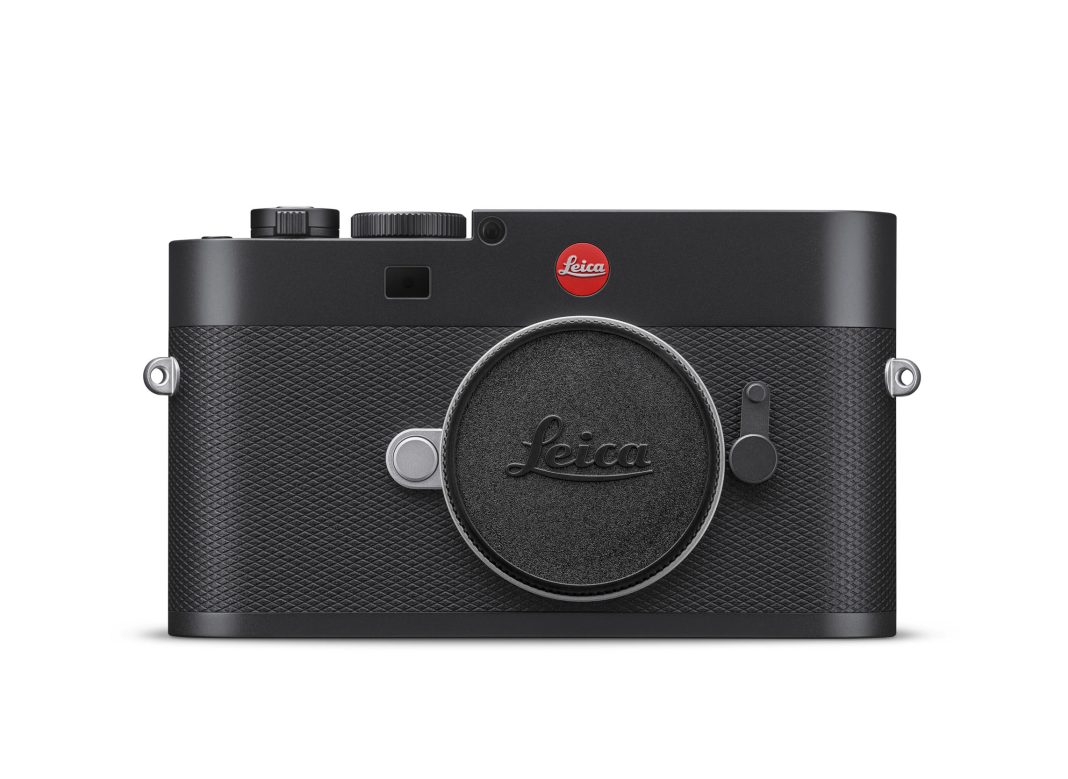

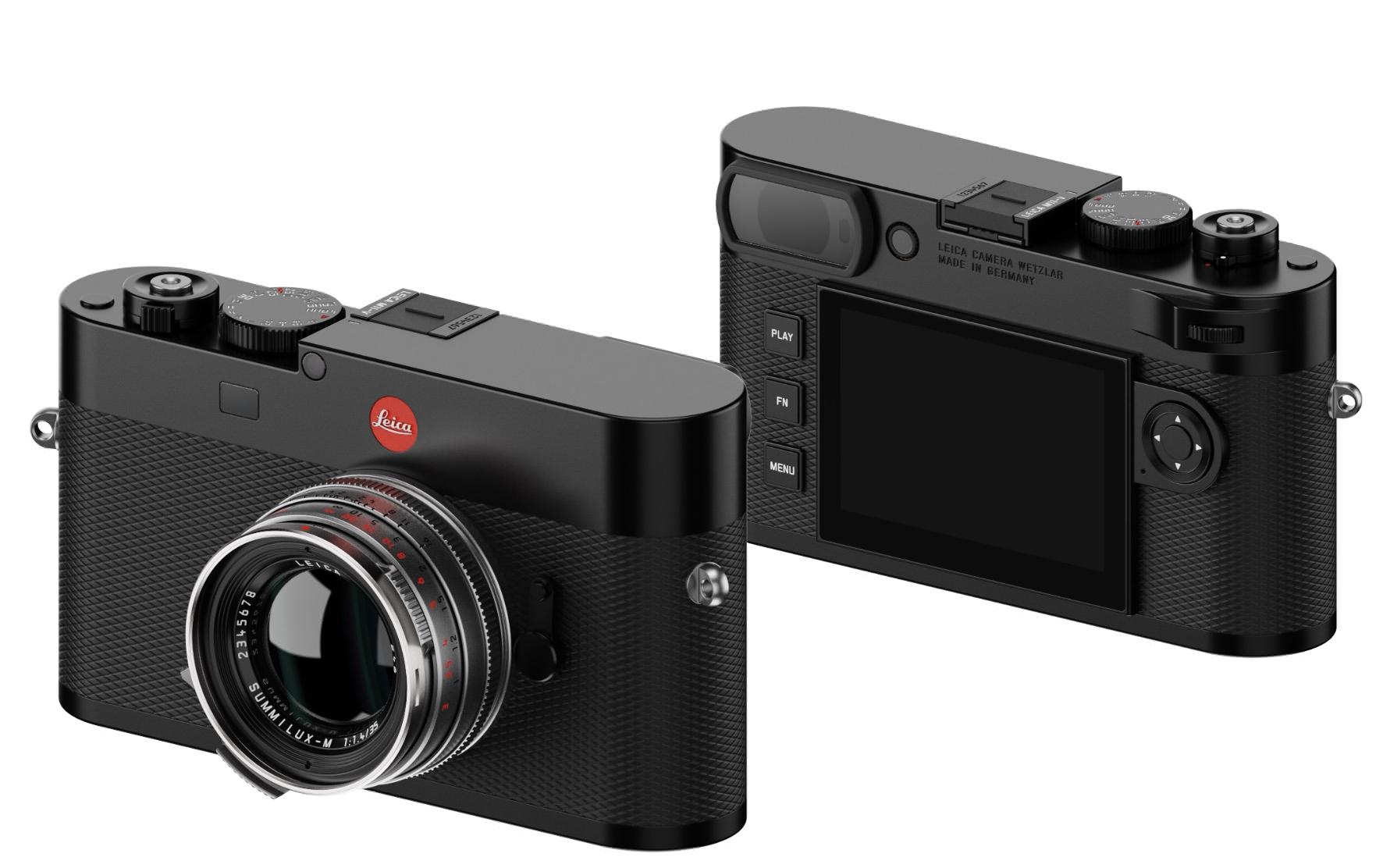
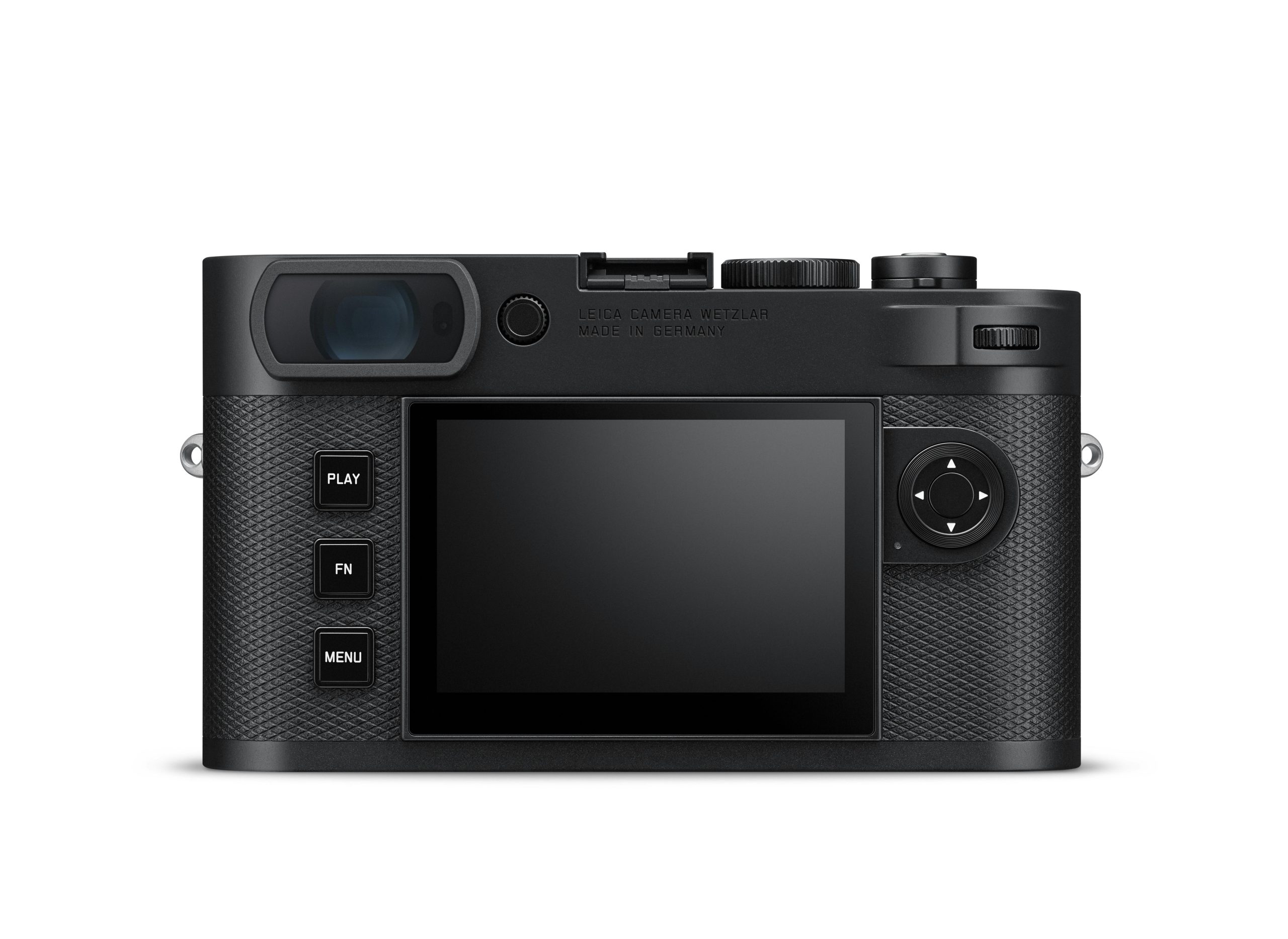
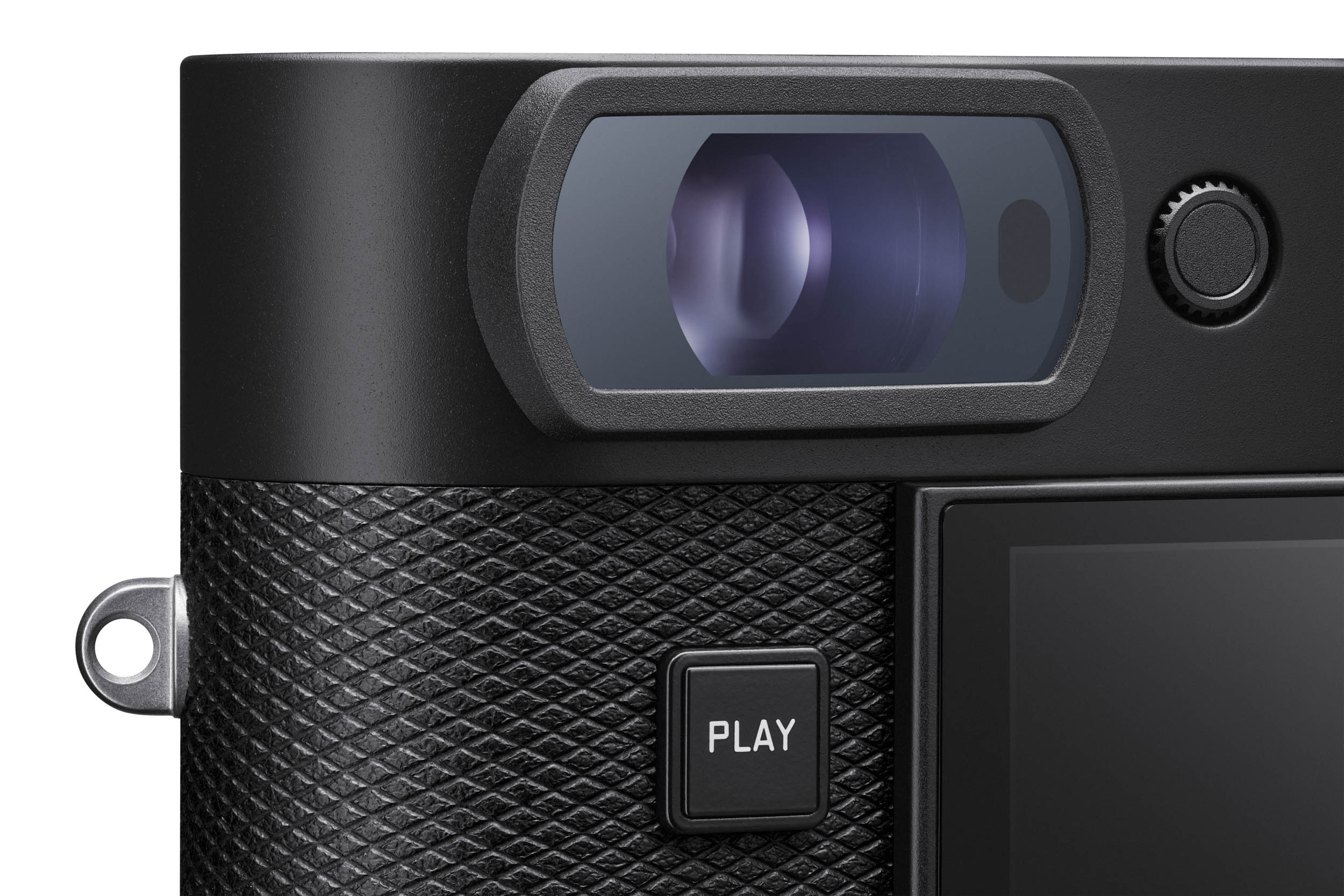

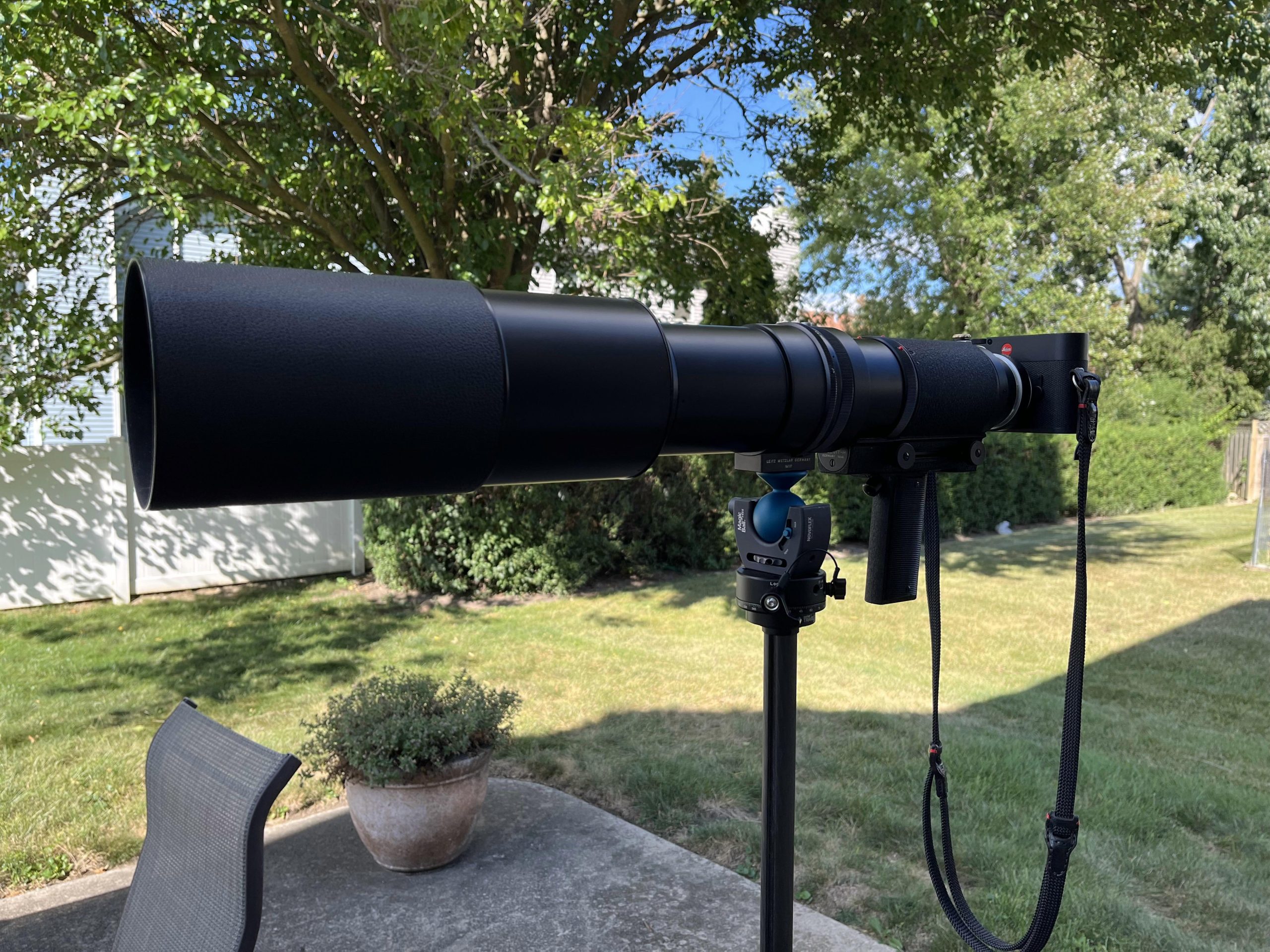

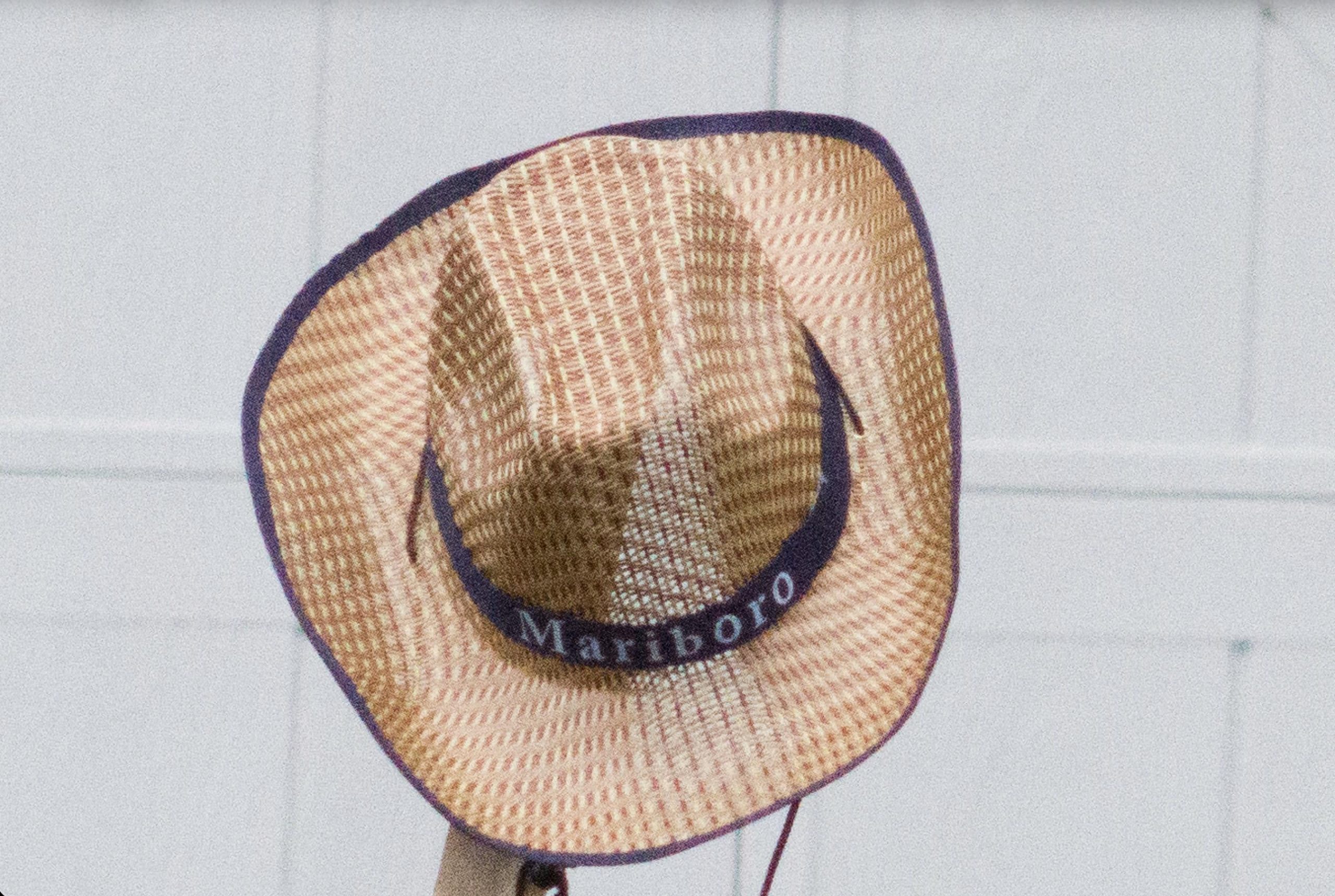


Very informative for me (M10P & M240P user)!
Hi, Hans. Glad you found it a helpful article!
Best,
Chats
Thanks for the interesting interview. The Leica EV1’s major advantage is the lack of viewfinder obstruction using larger lenses. The major disadvantage is the necessity for aperture stop-down viewing – one more additional step to taking a picture. With the focus assistance features (does it work similarly to the Q343’s magnified manual focus ?) this camera’s niche seems to be for fast large lenses in poor light.
I was hoping for a Q-M, but without stabilization and autofocus, the M EV1 is pretty much the same, perhaps just more expensive! Maybe there is still hope for an interchangeable L-lens Q, something like the Pana S9 with the Q’s EVF.
I heartily disagree with the comment that stabilization is not necessary for sports photography – I use to take equestrian jumping/dressage and lacrosse photos and found it to be absolutely vital to getting good results. That and a very short shutter lag.
The beauty of the rangefinder is that you always focus at “wide open” aperture. You get to choose your point of focus and select an appropriate aperture independently of each other. With the Visoflex or M EV1, you must always focus at the chosen aperture. Due to the extended depth of field, this is no longer so easy. On other systems where lenses have automatic apertures, you can always focus wide open, and the lens is stopped down when the image is taken. I think this is a general problem with the M EV1 as one would have to open the aperture, focus, and close the aperture again. Do not get me wrong, I enjoy my Visoflex for portraits and wide open lenses. For landscapes with f/8, the Visoflex is not helpful, and the rangefinder is much better.
I do not understand the claim that the EV1 has an advantage when working with tele-lenses, and the picture suggests real long ones. You still miss the image stabilization on the EV1 which you need so much with tele-lenses. So the sports and wildlife shooters will still need an SL2 or so
I agree with your comment partially. There have always been ways to eliminate shake, such as weighting down the tripod with a camera bag, using the self timer and remote release, specific to sports, a monopod and good technique.
In sports you often shoot fast enough that you don’t really need stabilisation. Stabilisation in a M would be great (if it did not have a significant effect on size, which would be difficult), but I think it would be more beneficial for handheld photography in marginal light.
“Long” lenses in the M world means 50mm and up, and an EVF can definitely make accurate focusing easier with shallow depth of field and static subjects. But using peaking of magnification will slow you down. I am also sceptical when I read than the M EV1 will help users with bad eyesight. The M EV1 is still a manual focus camera and the user still need to be able to judge the sharpness in the EVF.
I’d have considerable potential use for the M EV1 because I use many types of legacy lenses including macro, shift, super telephoto and Novoflex ‘long’ focus ‘telescope’ optics (latter are not telephoto). However, using these lenses often requires ‘ground level’ composition & focusing – e.g., when photographing small Autumn Lady’s Tresses Orchids in habitat, burrowing / digging Ivy Mining Bees, tiny fungi, and ovipositing dragonflies – latter at pond surface level. Photo composition in ground level environments / habitats requires laying on the ground with resultant neck contortions – but no imaging gain without pain. They’re types of photo imaging situations where cameras with an ‘articulating EVF’, e.g., Leica electronic Viso finders, excel – because it’s so much easier to crouch over an articulated EVF or an articulated monitor – rather than laying on the ground to try and compose directly through the camera’s finder. Currently any digital M with an accessory articulating Leica Viso finder would suit me better than an M EV1 for ‘ground level imaging’. However, the M EV1 would have considerably more ‘ground level’ photography potential if, e.g., a Leica R ‘right angle finder’ could be modified to ‘sit’ against the M EV1’s, finder eyecup. This could be achieved via the camera’s accessory shoe where a right angled finder’s ‘offset’ holder/support, could ‘slide in’. Right angle finders were once a common Leica R series close-up photography accessory and nowadays can be bought s/h for c. £35 -£50. Try holding a Leica R right angle finder against e.g., a Leica CL’s finder eyecup and admire the clear view; the right angle finder’s diopter correction enables easy focus / composition. If I could use a ‘right angle finder’ on the M EV1, I’d seriously consider purchase – and so might other photomacrographers and ‘low level’ photographers.
Thanks for the comments, dunk sargent. I will be sure to pass them on.
Best,
Chats
Thank you Chats.
BW, dunk
Fantastic interview!
I have spent a lot of time using and experimenting with various M-mount lenses on EVF cameras. Much of the time I was thinking how much nicer and more compact it would all be on an M body with built-in EVF.
It’s funny to me how often people use the word purist. It’s really relative. I think it has to do with human nature- we are resistant to change. When I was on the art show circuit, there were a few photographers that called themselves purists because they shot film, as opposed to their fellow artists with clearly (in their minds) less-than-pure work, capturing digitally.
In the end it’s just different approaches, different tools, and personal preference. Of course I love using my M11 and I also applaud Leica for the M EV1.
Thanks for your comments, Joel. Smart companies listen to their patrons and if they can, they offer choices. I’m so grateful to Stefan and Leica for letting us choose what we want!
Best,
Chats
This as I see always was THE most logical step forward for the M Leica. My view, even as a life long diehard M lover has long been that Leica’s SL, SL2 SL2s and SL£ camera bodies were better vehicles to use M lenses on than any of the digital M cameras themselves. A view held not least incidentally by my considerable dislike of the M11’s monstrosity of a EVF. So although I suspect rather a lot of Leica rangefinder purists now be upset by this new non rangefinder M version my I instead think this time at last Leica really has got it right. .
Thanks Don. They really have elevated the M11 for the foreseeable future. Appreciate the comments and glad you enjoyed it.
Brilliant – nicely done Bill and Chats – great interview with someone who seems to me to epitomise what Leica is all about.
Thanks so much, Jono. Thoroughly enjoyed your review. Chats